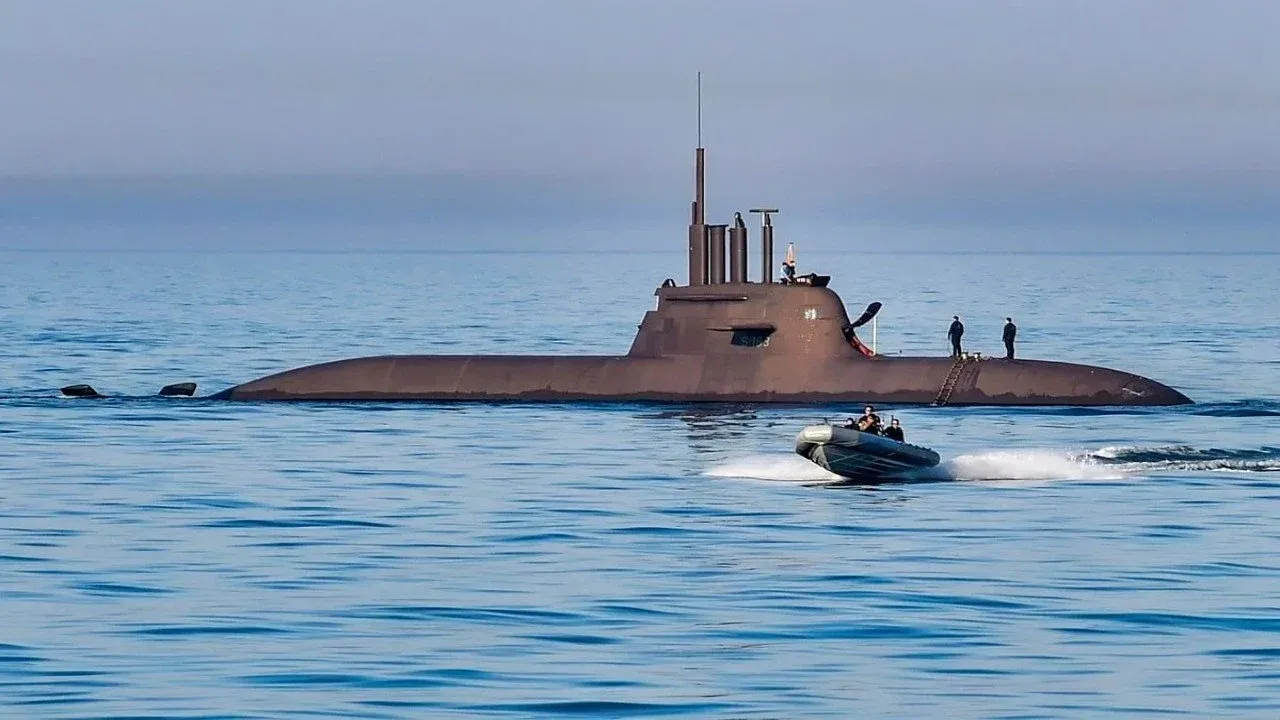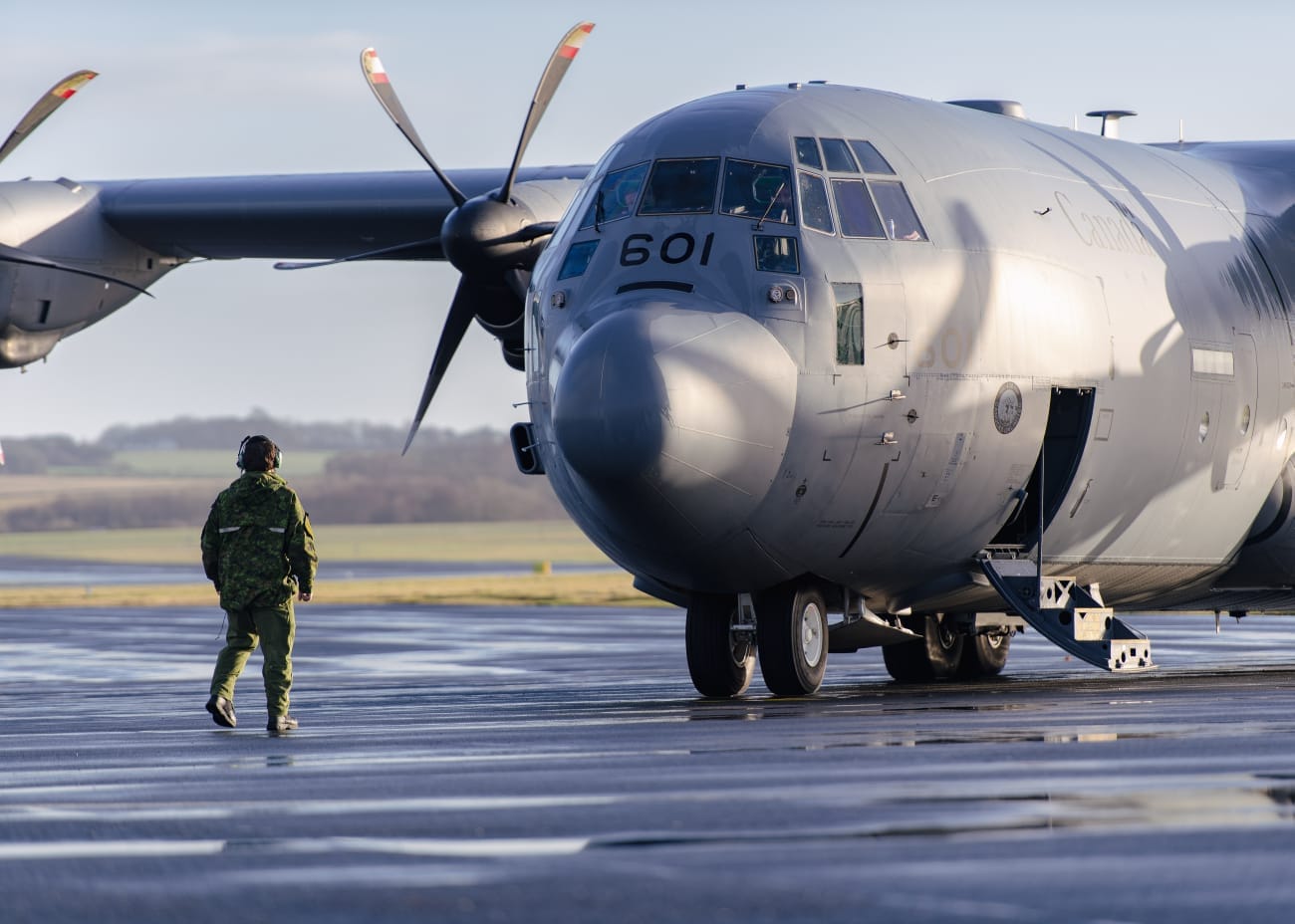The Arctic Debrief: Arctic security pact in the works between Canada, Germany, and Norway
In this edition of The Arctic Debrief: Canada, Germany and Norway discuss strategic pact; US sanctions future Russian energy projects; and Canada to hit 2% NATO GDP goal thanks to investments in Arctic security

In this edition:
- Arctic security pact in the works between Canada, Germany, and Norway
- US sanctions look to cripple future Russian Arctic energy projects
- Security investments in the Arctic to lead Canada to 2% GDP defense spending goal
Latest Developments
Arctic security partnership in the works between Canada, Germany, and Norway

German Defense Minister Boris Pistorius offered Canada to join a strategic partnership with Norway. The Canadian Defense Minister Bill Blair said that while more research and thought is needed, he is seriously considering the offer.
The main purpose of the cooperation would be to work on procurement projects to help address Canada's military needs in the Atlantic and Arctic oceans. Canada is currently looking for a modern submarine to replace its aging Victoria II-class submarines that it acquired from England in the 1990s.
Norway and Germany are working on a Type212CD design for a future submarine that would fit all requirements for Canada's submarine fleet. Based on the German Navy's Type 212A submarine, the new vessel is larger and is equipped with newer tech.
US sanctions look to cripple future Russian Arctic energy projects

The US announced another round of sanctions that will target planned Arctic energy projects in Russia. The sanctions specifically take aim at the Obsky LNG, Arctic LNG 1 and Arctic LNG 3 projects and the companies building pipeline infrastructure for Murmansk LNG and Vostok Oil.
Russian oil and gas companies are beginning to feel the pressure from western financial measures meant to cripple the industry. Just last month the US and EU imposed restrictions on Russian Arctic shipping companies and prevented other nations from delivering Russian-made liquefied natural gas (LNG).
The sanctions were heavily intensified following Russia's invasion of Ukraine in February 2022. While initially there seemed to be little to no effect, as the sanctions continue to pile up Russian oil and gas companies are feeling their impact.
Most notably, Novatek, owned by an oligarch with close connections to Putin, had to stop operations at its Arctic LNG 2 facility because it could not export any products.
Security investments in the Arctic to lead Canada to 2% GDP defense spending goal

Investment in Arctic security will set Canada on track to reach NATO spending goal of 2% of national GDP, according to the country's National Defence Minister Bill Blair.
The recently released "Our North, Strong and Free" defence policy update allocates about $6 billion USD to Canada's defence budget. A significant amount is dedicated to developing Arctic infrastructures and bases, as well as acquiring Arctic-capable patrol boats, MQ9-B surveillance drones, and the Poseidon P8 multi-mission aircraft.
In 2014, Canada had one of the lowest defence budget not even reaching 1% of GDP. However, since Russia's annexation of Crimea in 2014, and especially after Russia's invasion of Ukraine, Canada has set out to strengthen and modernize its military.

